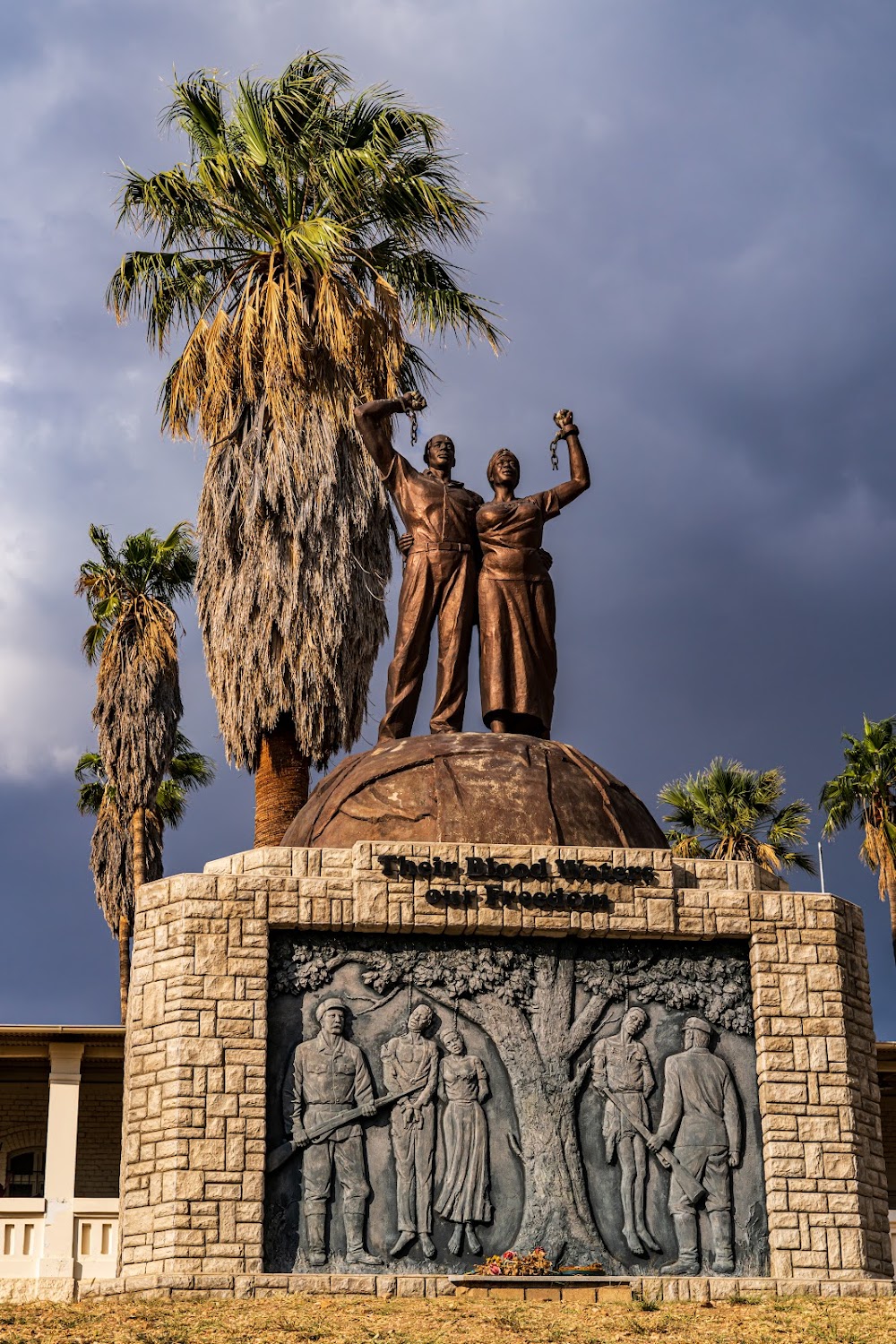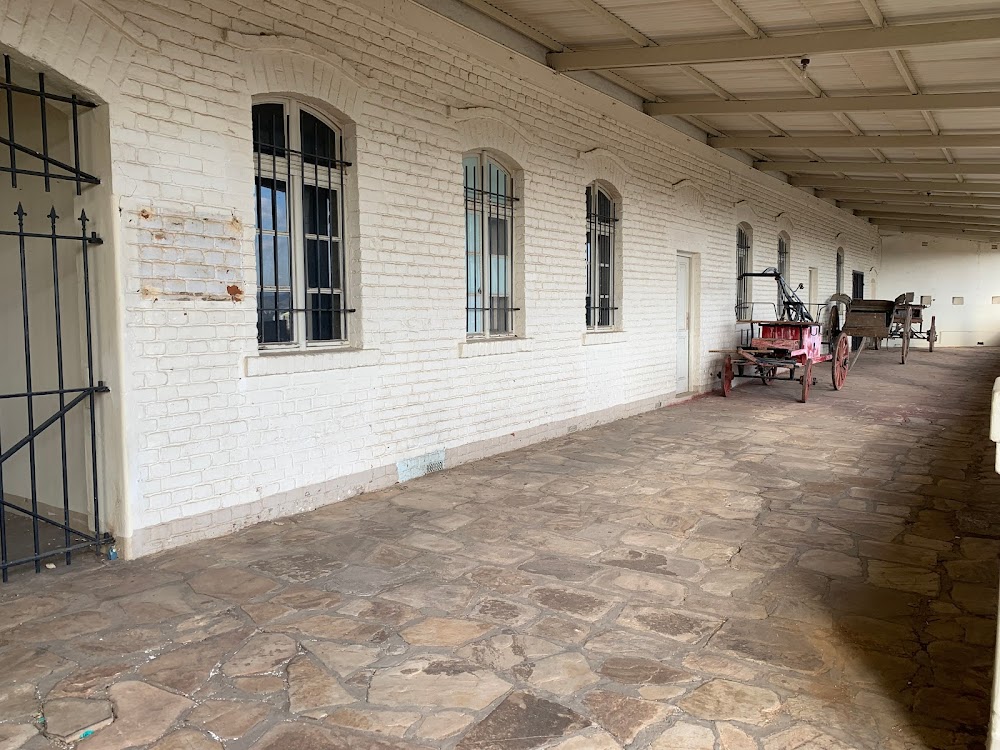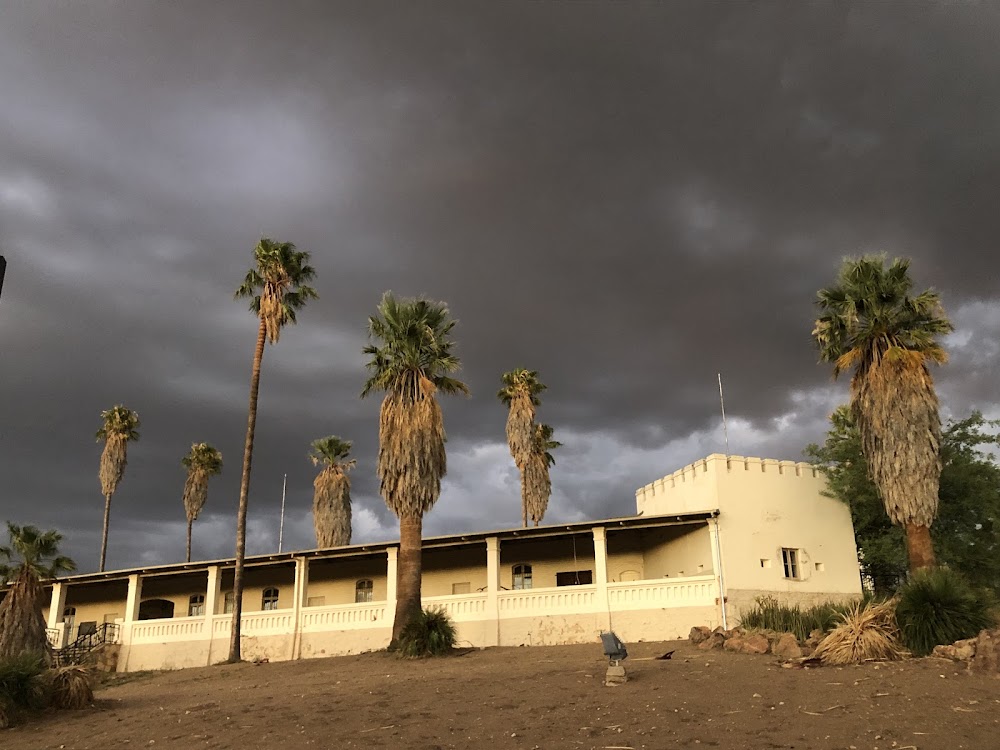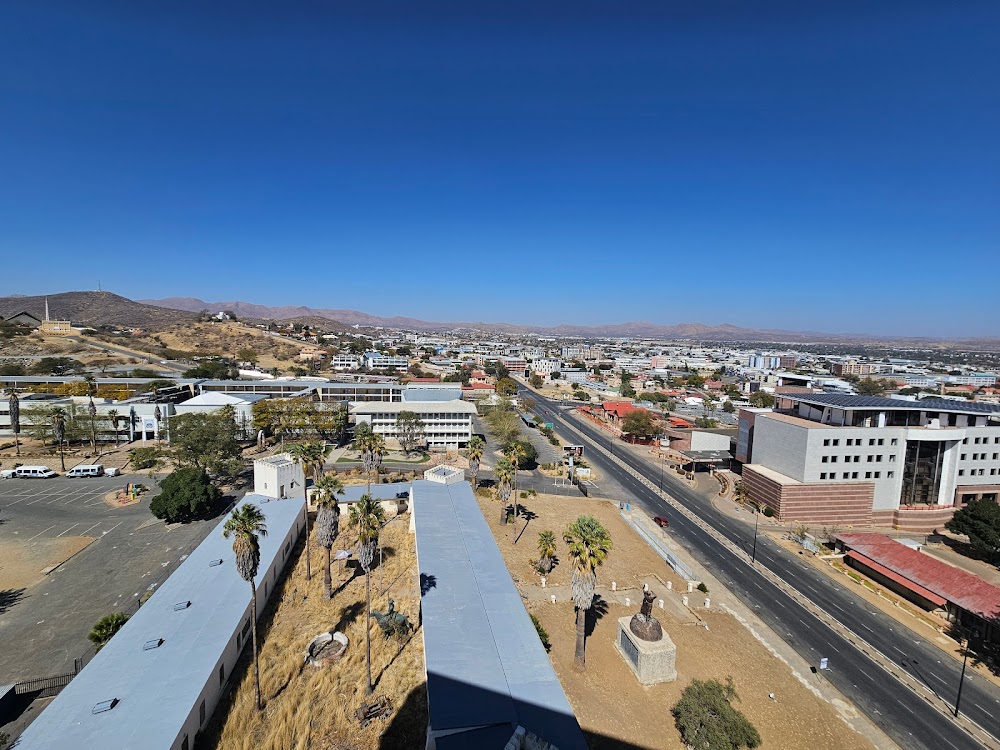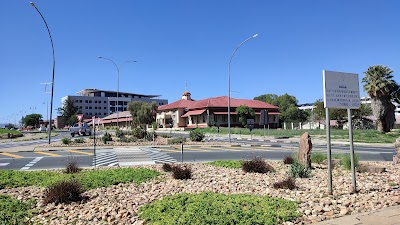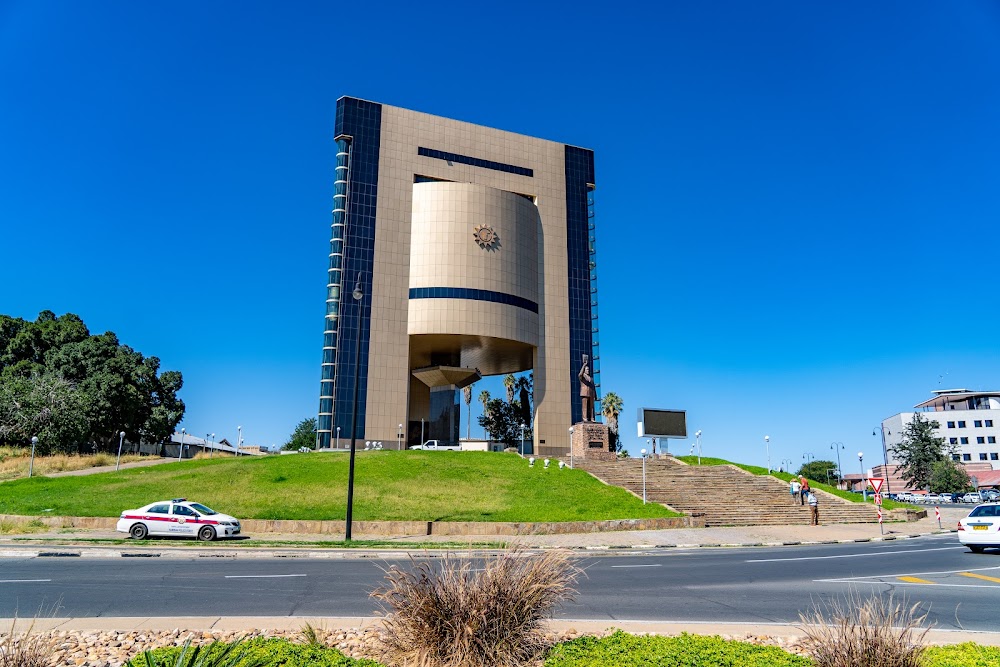Alte Feste (Alte Feste)
Overview
**Alte Feste: A Journey Through Namibia's Colonial Past**
Alte Feste, meaning "Old Fortress," is a captivating historical landmark nestled in the heart of Windhoek, Namibia. This imposing structure stands as a testament to the country's colonial history and has undergone various transformations throughout the years, each reflecting the evolving narrative of Namibia.
The story of Alte Feste dates back to **1890**, when it was constructed by German colonial forces during the period when Namibia was known as German South West Africa. Strategically perched on a hill overlooking the settlement, the fort served as a military stronghold, providing soldiers with a commanding view of the surrounding area. The design of the fortress was the brainchild of **Georg von François**, a German military officer, who utilized local materials such as rocks and clay for its construction. Labor for the fort's building was sourced from both German soldiers and local indigenous people, often under duress, highlighting the complex dynamics of power at play during this era.
Originally, Alte Feste's primary mission was to protect German settlers from potential unrest while serving as a base for military operations aimed at subjugating the local populace. Its architecture reflects traditional European fortifications, characterized by thick walls, minimal windows, and a central courtyard, which together create an imposing fortress-like appearance.
Over the decades, Alte Feste underwent numerous additions and renovations. The original structure was expanded to include additional rooms, storage facilities, and barracks to accommodate the growing number of stationed soldiers. However, the fort's core structure remained largely intact, preserving its historical integrity and formidable presence.
With the conclusion of **World War I**, Namibia transitioned from German to South African control, which led to a shift in Alte Feste's role. The fort lost its military significance and was repurposed as an administrative building for the South African government. By the **1930s**, it had been transformed into a hostel for public service employees, illustrating the building's adaptability through changing political landscapes.
In **1957**, Alte Feste experienced another significant transformation as it was converted into a museum. This renovation was extensive but carefully preserved the building's historical essence. Today, the museum houses a variety of exhibits that delve into Namibia's rich and diverse history, including displays on indigenous cultures, the colonial era, and the struggle for independence.
As Namibia embarked on its journey toward independence, Alte Feste became a powerful symbol of the country's tumultuous past and the various powers that have influenced its history. Following Namibia's independence in **1990**, the fort was officially declared a national monument, solidifying its importance in the national narrative.
Additionally, the fort is home to the **Reiterdenkmal**, a statue commemorating German colonial soldiers who perished during conflicts with local tribes. This monument serves as a poignant reminder of the region's complex and often painful history, inviting reflection on the legacies of colonialism.
Today, Alte Feste remains a vital part of Windhoek's cultural landscape, drawing both locals and tourists eager to learn about Namibia's past. More than just a building, Alte Feste is a powerful testament to the resilience and endurance of the Namibian people through the challenges of colonial rule, war, and the eventual triumph of independence. Visitors to this historic site will find themselves immersed in a story that resonates deeply with the heart of Namibia.


